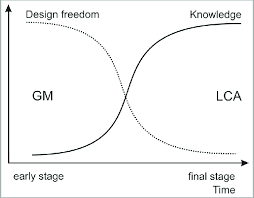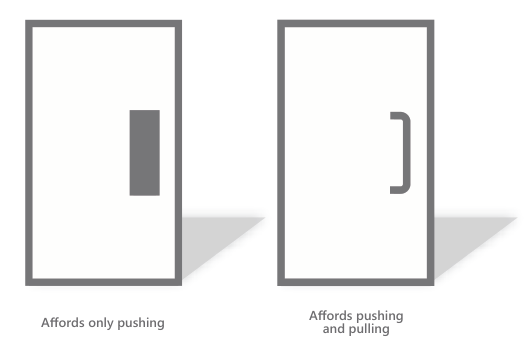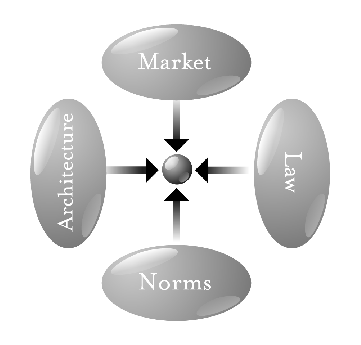created 2025-05-13, & modified, =this.modified
tags:y2025programminglawcomputers
Why I’m reading
I’ve read this some time ago, and am returning because of a recent conversation, and the submit button.
The computer programmer, however, is a creator of universes for which he alone is the lawgiver … No playwright, no stage director, no emperor, however powerful, has ever exercised such absolute authority to arrange a stage or a field of battle and to command such unswervingly dutiful actors or troops. - J Weizenbaum.
“behavior-shaping rules embodied in software code can be designed in a legitimate way.”
those who exercise the power to shape the behavior of citizens in democracy ought to do so legitimately, which implies both minimal standards for and limits to such exercises of power.
Code is subject to little scrutiny. In a democratic society, the regulation of citizens’ behaviour – of whatever kind and from whatever source – ought to meet minimal standards of legitimacy to be acceptable.
Code regulates behavior by behavior enabled + behavior constraints.
This is especially true in a world where myriad troubles are contributed to by code, developed within an economic orthodoxy that is less concerned with curbing abuses of design power than it is with facilitating ‘innovation’.
Digisprudence - digital + jurisprudence
Asscher:
Code can present constraints on human behaviour that can be compared with constraints by traditional laws. We have argued that even though code is not law, in some instances it can be useful to ask the same questions about code regulation as we do about traditional regulation. Code as law must be assessed by looking at the results of regulation in terms of freedom and individual autonomy and compared to the balance struck by traditional law.
Cyberlibertarianism
My aim is not to follow the ‘cyberlibertarian’ position that welcomes and seeks to validate the usurping of the state by private producers of code. It is in fact precisely the opposite.
Collingridge dilemma - a methodological quandary in which efforts to influence or control further development of a technology face a double-bind problem.
- An information problem: impacts cannot be easily predicted until the technology is extensively developed and widely used.
- A power problem: control or change is difficult when the technology has become entrenched.

Computational Legalism and the Rule(s) of Code
Code has a direct, concrete effect on the behavior of end-users, viewed from the perspective of design theory and the philosophy of technology.
Hildebrandt’s Technological Normativity - implies a contrast between code’s normativity and the legal normativity that lawyers are more familiar with.
Affordance
The facilitation of an artefact’s design of a particular action or behavior for a particular individual is known as an “affordance.”
All things being equal, the door on the left can only be pushed – that is, it only affords pushing – because there is no part of it that affords pulling (unless one manages to grip the edges of the panel).
 Perception is mediated by technology through the amplification or reduction of aspects of the world.
Perception is mediated by technology through the amplification or reduction of aspects of the world.
Less strict are code based suggestions which ‘nudge’ the end user towards a particular course of action, whilst permitting her to express choice or to ‘disobey’ the default configuration by choosing between two or more options. Despite this notional scope for exercising autonomy, various biasing effects have been shown to operate which render the default setting very ‘sticky’, implicitly discouraging the end user from exercising her autonomy and making any change.
Code also requires citizens ‘not to think about it’ and simply to follow the rule as handed down. Code admits no opportunity for challenge.
With code we have the apex of legalism: from the end- user’s perspective, code’s architecture is ‘just there’, while simultaneously its constitutive nature defines what practices are possible, by definition ruling out all the possible alternatives that the plasticity of the code might otherwise have allowed. This, indeed, is one of the great ironies of code – a near- infinite range of design possibilities mean there is nothing in principle stopping it from being designed in a non- legalistic way, there are just few incentives to do so.
Conclusion
This book attempts to bridge Legal and Design theory.
Code can supplant law as the dominant normative enterprise, its processes of creation both hidden by veils of legal and technical inscrutability and guided by neoliberal ideas of unfettered ‘innovation’.
Pathetic Dot Theory - Code and Other Laws
Introduced by Lawrence Lessig and popularized in Code and Other Laws of Cyberspace.
Computer Code regulates conduct in much the same way that legal code does. More generally there are four major regulators namely, Laws, Norms, Market and (social) Architecture, each of which have profound impacts on society and whose implications must be considered.
The dot is constrained by these regulators.

[The code] will present the greatest threat to both liberal and libertarian ideals, as well as their greatest promise. We can build, or architect, or code cyberspace to protect values that we believe are fundamental. Or we can build, or architect, or code cyberspace to allow those values to disappear. There is no middle ground. There is no choice that does not include some kind of building. Code is never found; it is only ever made, and only ever made by us.